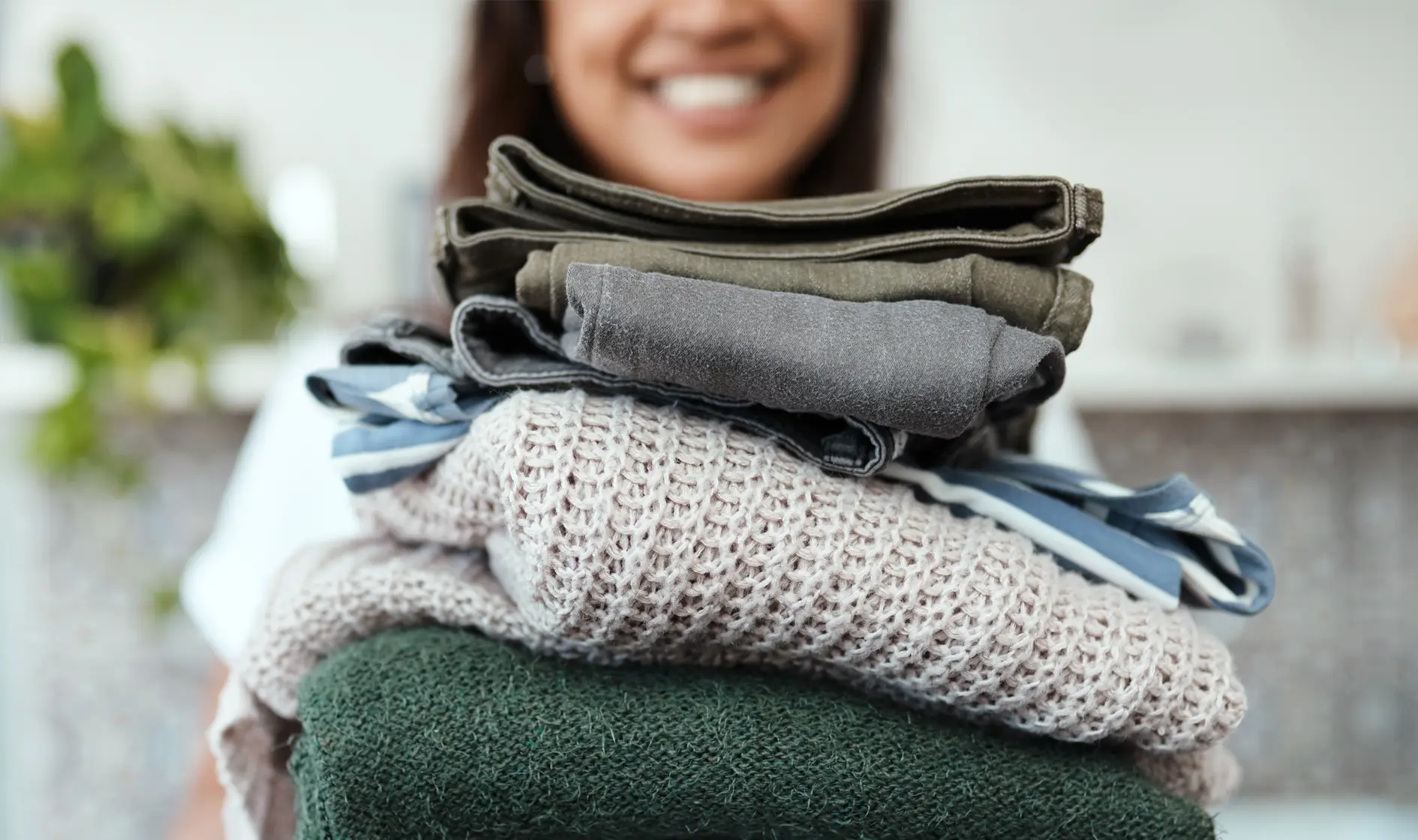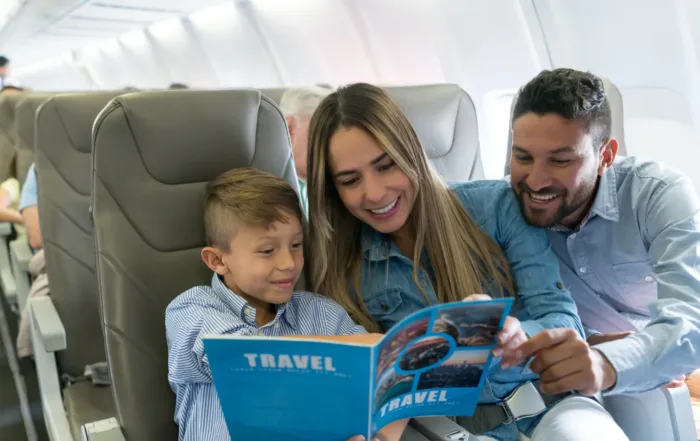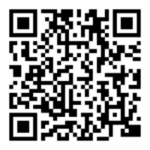Online groups make it easy to swap, trade and exchange goods instead of purchasing them.
Looking to eliminate costs, put your old items to good use, have a positive impact on the environment and connect with your neighbors? You’re not alone. Millions of people around the world have the same mindset and actively work with others to achieve these goals. Known as Buy Nothing groups, these local online communities connect people who are looking to offload any item or offer any services at no cost to their neighbors.
The first Buy Nothing group was founded in 2013 by two Washington-based friends, Rebecca Rockefeller and Liesl Clark. The idea is simple: instead of throwing things away, people gift the items to someone else who wants or needs them. Rockefeller and Clark started their buy nothing project on Facebook, but now, 10 years later, the Buy Nothing Project has a website, a podcast and an app that connects more than 6 million community members across 44 countries. The idea has spun into more than 7,000 hyper-local Buy Nothing groups, and the pair has also published a book on living the Buy Nothing lifestyle called “The Buy Nothing, Get Everything Plan.” More than just an online group, Clark and Rockefeller have created a gift economy, in which goods are exchanged with no expectation of anything in return. While many Buy Nothing members have been involved for years, the movement gained additional popularity during the pandemic, allowing members to save money but also connect during a time of heightened isolation.
Here’s how the process work: Buy Nothing groups connect on Facebook or the Buy Nothing app. Members can post available items, or put out a call for something they need, and other members respond. Items range from the standard things you would find on Marketplace or Craigslist: furniture, clothing, baby gear, old household items, yard tools. But what makes Buy Nothing groups unique is that members post just about anything that could possibly be of use. Old cans of food. Half-eaten cake. Pickle juice. Dryer lint (it makes good bedding for hamsters). Used makeup and cosmetics. Old artwork. The items posted are unique, but what’s even more surprising is that there is often someone willing to take these items. While the process is simple, the principles go beyond just saving money, as members believe that the Buy Nothing economy is a way to connect through giving gifts, and the act of giving selflessly is as much a focus as offloading your old things.
In order to avoid chaos, Buy Nothing communities follow a simple set of 10 established rules, and group administrators ensure that the group is adhering to a more extensive list of community guidelines. Trust is the cornerstone of the movement, and participants are required to be kind and honest, give freely with no expectation of reward, and only offer legal items. But beyond that, there’s a process to offering and accepting goods in a Buy Nothing community. Users are required to post as their real selves, and are encouraged to include photos or share a story or a joke — something that showcases their personality. Givers are expected to let an item sit for a while before choosing someone to give it to — known as “simmering” in Buy Nothing lingo — to make sure they’re not favoring people who are on the app more often. Finally, offering a simple “thank you” to the giver is an essential part of the entire process.
Search for your own Buy Nothing community on Facebook, or download the app, and you could easily save money on, well, almost anything. But beyond that, you could reduce your environmental impact and end up meeting and connecting with your neighbors, which is really the best gift of all.




